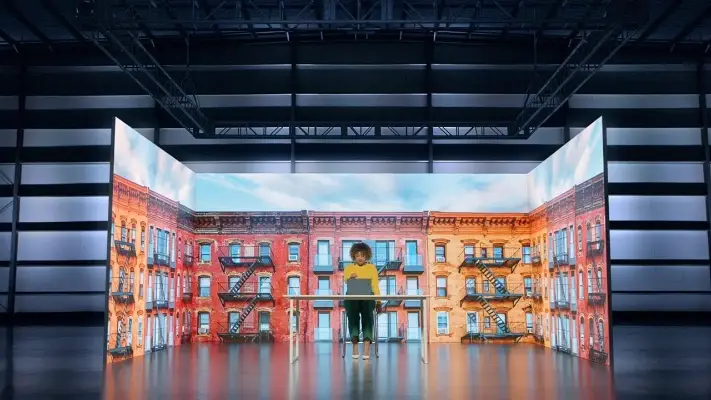A Thorough Analysis of Various Light Emitting Diode Video Wall Techniques and Their Uses
A Thorough Analysis of Various Light Emitting Diode Video Wall Techniques and Their Uses
Blog Article
Light Emitting Diode display walls are more common across different settings, such as concerts, sports competitions, as well as business presentations. These large screens are made up of many small LED panels that function collectively to form a cohesive unified visual. There are multiple kinds of Light Emitting Diode display screen solutions on the market, each with its own features as well as advantages. Grasping these technologies options can assist companies as well as organizations choose the right solution for their specific requirements.
One frequent type of LED display wall technology is the directly viewed LED. Such technology uses separate Light Emitting Diode modules which are arranged closely together to create a large display. Directly viewed LED screens are recognized for their elevated brightness and vibrant colors, making them ideal for external activities or brightly lit settings. These displays also have a broad viewing angle, which indicating that viewers can view the screen distinctly at different positions. This makes directly viewed LED walls a popular option for sports arenas as well as outdoor festivals.
Another kind of Light Emitting Diode display wall technology is the LED-backlit Liquid Crystal Display. Such solution merges traditional LCD screens with Light Emitting Diode illumination to enhance brightness and hue precision. LED illuminated LCDs are often used in indoor settings, including retail centers as well as conference rooms. They provide superior visual clarity while are typically more cost-effective than direct view LED walls. However, they may not function as effectively in well-lit settings, since the illumination can sometimes dull the hues.
Another thirdly choice is the Organic Light Emitting Diode display wall. OLED technology offers superior contrast and color depth compared to other kinds of screens. Every dot in an OLED screen emits its individual luminescence, enabling for genuine dark tones as well as lively colors. Such renders OLED video walls particularly appealing for applications that require premium images, including gallery exhibitions and luxury shopping outlets. Nonetheless, Organic Light Emitting Diode solution can be costlier costly while may not be as luminous as direct view LED walls, making it less suitable for outdoor use.
In addition to these technologies, there are additionally multiple applications for LED video screens. These displays can be used for advertising, amusement, as well as try this out information display. For instance, companies often use Light Emitting Diode display walls for digital advertising to draw in clients and promote products. Within amusement, they enhance the visual encounter at music events and events, providing dynamic backdrops as well as engaging images. Within corporate environments, Light Emitting Diode video walls can be utilized for presentations, video meetings, and training programs, aiding to communicate information in a aesthetically attractive way.
In conclusion, LED display walls come in various technologies, each having its own advantages as well as applications. Direct view Light Emitting Diode walls are ideal for external use, whereas LED-backlit LCDs are more appropriate for indoor settings. Organic Light Emitting Diode video screens offer exceptional image clarity but may come at a higher price. Understanding the differences variations can help organizations to make knowledgeable decisions about the best type of Light Emitting Diode display wall most meets their requirements, whether it be for advertising, amusement, and corporate applications.